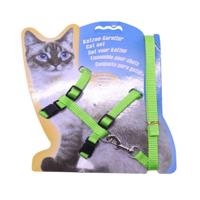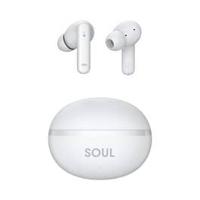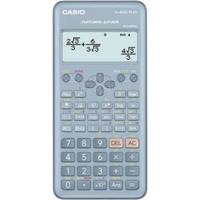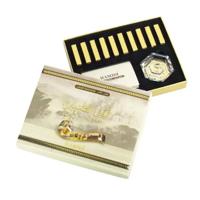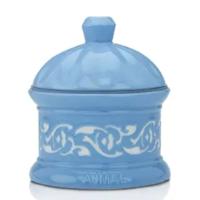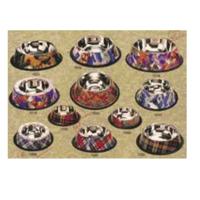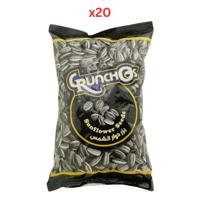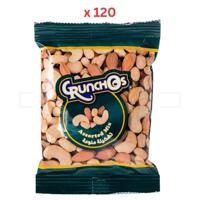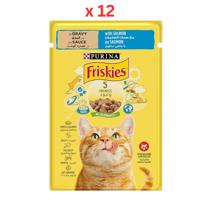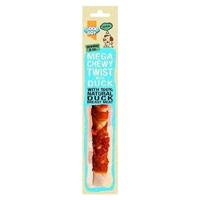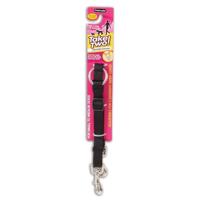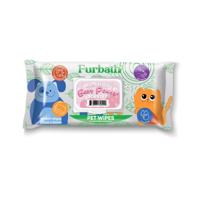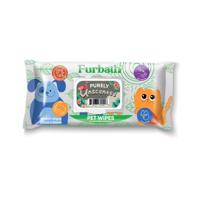About Drawing Plates
A drawing board is an absolute blessing for artists, students, and professionals. You can use it at the office, in a classroom, at home or even your job site. The drawing plates also come in a variety of designs and sizes, which makes them even more convenient.
Both drawing and drafting require skill, dedication, and on top of that, proper tools. Each tool has its own function and is irreplaceable! A drawing board is one such tool that makes life easier for artists and engineers. When you think about it, a drawing board is similar to a table. The only difference a drawing plate has with a regular table is that it is optimised in every possible way to make it easier to draw while supporting a paper on it. You can choose a board of any size, finish, and features that you require. It would be either impossible or extremely difficult if you try to find a table that fits all these descriptions.
Different types of drawing boards for artists and professionals
Shopping for the right drawing plates is a must! Else you might face any hurdles while getting your job done. For instance, a flat drawing board will work perfectly for engineers when they wish to draw precise lines based on mathematical measurements. At the same time, a drawing plate with an easel will work perfectly for artists who wish to paint a picture. Thus, it’s fruitful to know the basic differences & features of the product before you head to shop online. So, read the different kinds of drawing boards for your purposes. And make your shopping experiences exciting & thrilling.
Alvin DB drafting board
This board offers a large enough area to hold canvases and drafting sheets. In the case of finish, the surface is made of crisp wood veneer. The thickness of the board is also a bit more than other boards in the same category. Even then, this drafting board is surprisingly lightweight for its thickness. Weighing around six pounds, this is not much heavier than other smaller boards. However, this drawing plate does not come with a stand. So, you would need either an easel stand or a drafting table to support it. 18X24 square inches is a good enough surface area for most purposes.
SoHo Urban adjustable drawing board
What is cooler than a regular drawing board is an adjustable drawing board. The angle of the board that you find quite easy to draw might not be comfortable for another person who is taller or shorter than you. Therefore, with an adjustable board, you don’t have to work while keeping the drawing board at awkward positions. Because the drawing plate is adjustable from zero to seventy-five degrees, you don’t necessarily need a drafting table to support this drawing board. You can place it on any surface that is high enough for you to comfortably draw without bending down.
US Art Supply adjustable drawing board
This is yet another adjustable drawing board. But this is more portable than the first one thanks to its smaller size. It is twenty-six inches wide and twenty-one inches tall. This is still large enough to hold all kinds of canvases and different types of paper. Furthermore, the drawing plate looks stunning with its beautiful Maplewood finish. Another advantage is that this drawing plate is adjustable from zero and all the way up to eighty degrees. And if you lie it flat on a table, it will be only three inches thick, including the adjustment mechanism in the back.
Martin portable drawing board
None of the boards in this list can be considered really portable. But at least for some professionals, portability is a key requirement in the drawing board. This drawing plate by Martin is for those people. When you consider the drawing surface of the board is only a tad bit smaller than others in the list. The difference is in the thickness. That reduction in thickness translates to lightweight and also portability. You can also choose this board in two different sizes. The smaller one is twenty-four inches wide and nineteen inches tall, and the larger one has an extra six inches on both sides.
Tips on how to buy Drawing Boards Online
Buying a drawing plate might not seem like a difficult task at first. Still, if you want a board that is perfect for you in all the ways, you have to look for some specific things. If your professional life revolves around your drawing board, then the effort you put into finding a better board is always worth it. There are, in fact, half a dozen criteria to look for on the drawing board. But not all of them are essential. Here is a list of four tips that you must follow when you are buying drawing boards.
- Material – Most drawing boards are either wood or plastic. Both have one set of pros and cons. While plastic boards are lightweight and easy to carry around, the wooden ones are very durable and offer a superior finish and smoothness. Wooden drawing boards can hold up better against occasional falls and impacts.
- Size – When it comes to the technical aspect of the board, one thing that matters above anything else is the size of the board. Not everyone needs the largest drawing board in the market. You only need a board that is a little bit larger than the paper that you usually use. It will be even better if it comes with handy features like a pen holder and an adjustable stand.
- Finish – Function always wins over the form in the case of drawing boards. However, it doesn’t hurt at all if you look for a board that is well built with all the necessary features and also looks good. Bare, unfinished drawing boards are cheaper. These boards are suitable for schools that want to buy boards on a budget. For professionals, boards with melamine and wood finishes are the better choice.
- Weight and portability – Think about how you want to use the board. Larger and thicker boards are only good if you plan to use them at the same place all the time. They are good for offices and schools. But for artists and architects who want to carry their drawing board with them, portability is more important.
Getting a good board will only be one half of the job. The other half is finding the right tools. As a matter of fact, good tools are as important as a good board. But you don’t have to look elsewhere to find the tools that you need for drawing. Using our product search engine , you can find any tool that you will ever need as an artist or an engineer. Don’t forget to check out other products and measuring instruments in the office supplies category. The popular brands are Rotring, Staedtler, Faber-Castell, and Derwent.
Question & Answer
What is a drawing board used for?
Drawing boards are useful for both technical drawing and artistic works. Some drawing boards that are specifically designed for the technical drawing will also have a drafting scale ruler attached to their side. This ruler makes it incredibly easy to draw parallel lines and perpendicular lines precisely. One thing that is common for all boards is that the surface should be completely flat without any roughness or bumps. This is necessary for the drawings to be neat and clean. This is achievable only if you have a dedicated tool like the drawing board.
Are drawing boards necessary?
Technically, you can draw on any surface that is smooth and also large enough to hold the drawing paper or the canvas. But, without a dedicated drawing board, you will run into some practical difficulties. Because drawing sheets are large, it would be hard to find a table that can fit them. Also, such a table would have to be completely smooth with no design grooves or other design elements. On the other hand, having a drawing board will save you from all these inconveniences. Moreover, you can also angle drawing boards to make it even more comfortable to draw.
Is drawing on a tilted surface easier than on a flat surface?
This completely depends on the person and what type of drawing he is doing. Most people do start their artistic life drawing on a flat surface. Therefore, it is not uncommon or unnatural to prefer a flat surface over a tilted one. But when the canvas is large, it becomes harder to reach the top portion if it is laid down on a flat surface. If you keep the canvas on an easel stand, you can eliminate this inconvenience. In the case of technical drawing, it is better if the surface has a little tilt. But it shouldn’t be as titled as an easel stand.


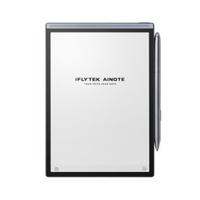
![Brother Magenta Ink Bottle 48.8ml - Yield 5,000 Pages [BG-BTD100M] Brother Magenta Ink Bottle 48.8ml - Yield 5,000 Pages [BG-BTD100M]](https://assets.shops.ae/products/Shopping/74780c3c00c4c011b2238d7f3a317c88.thumb.jpeg)
